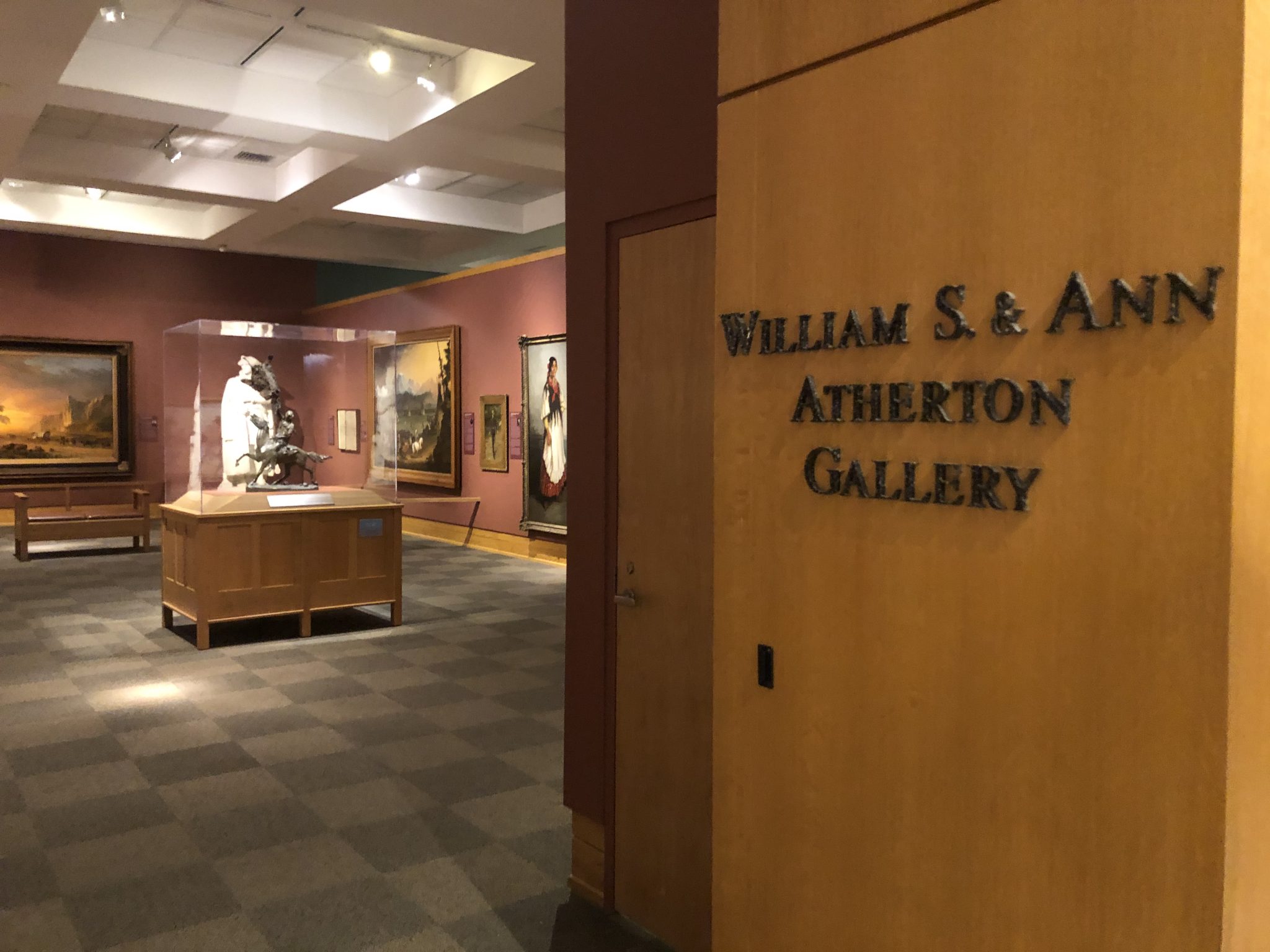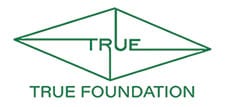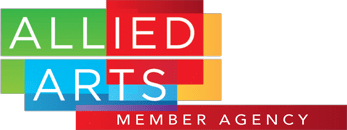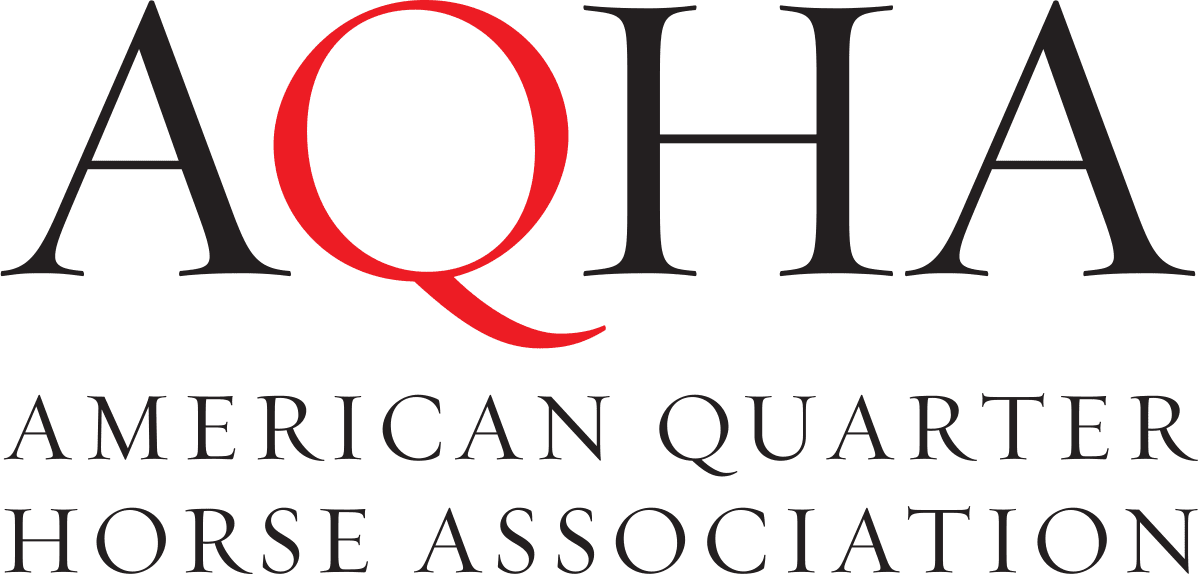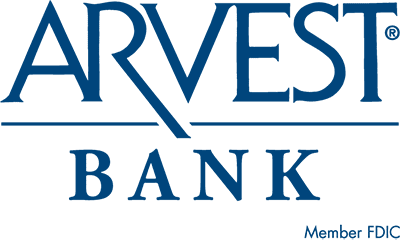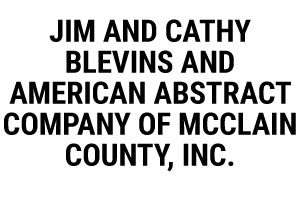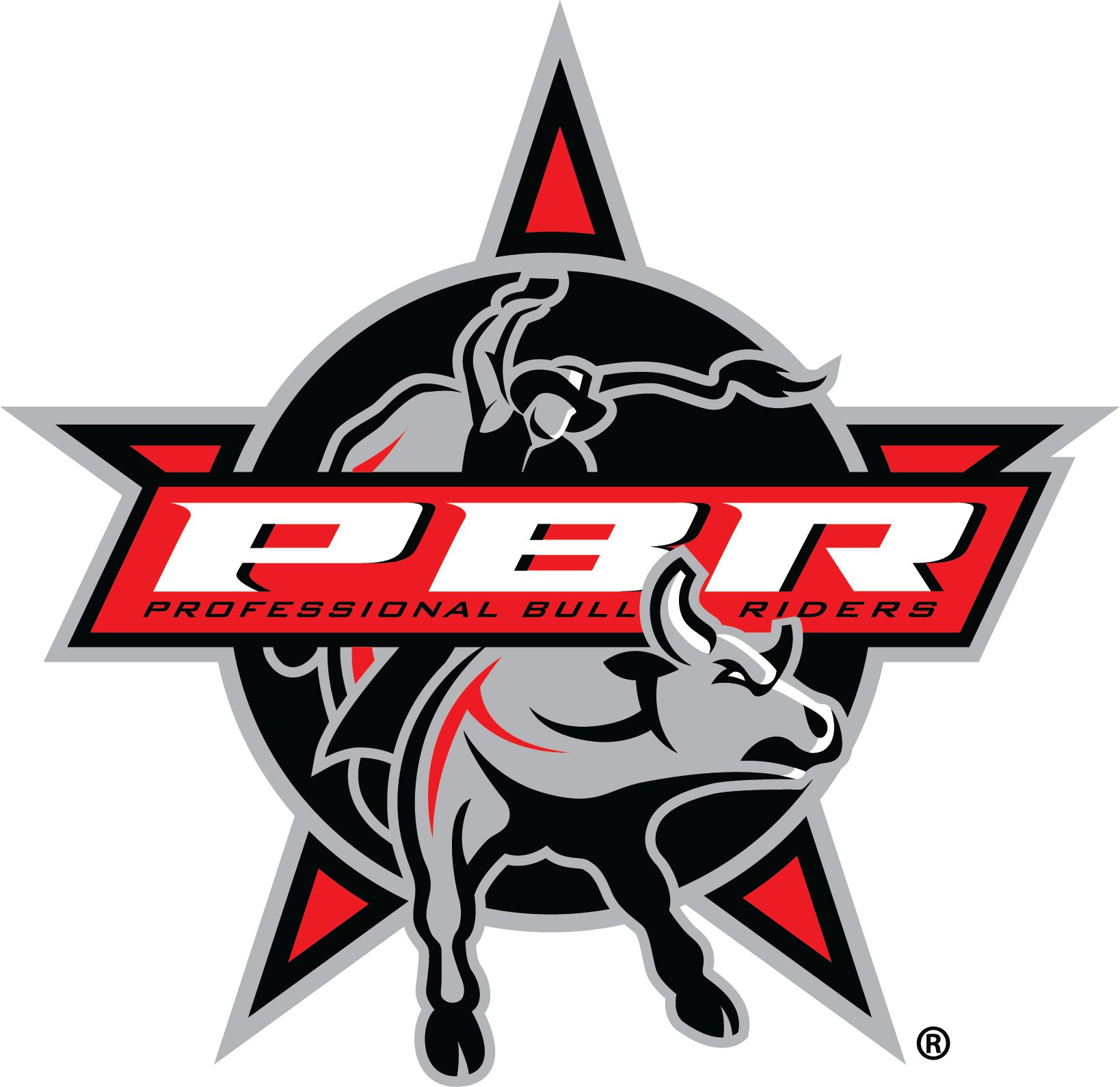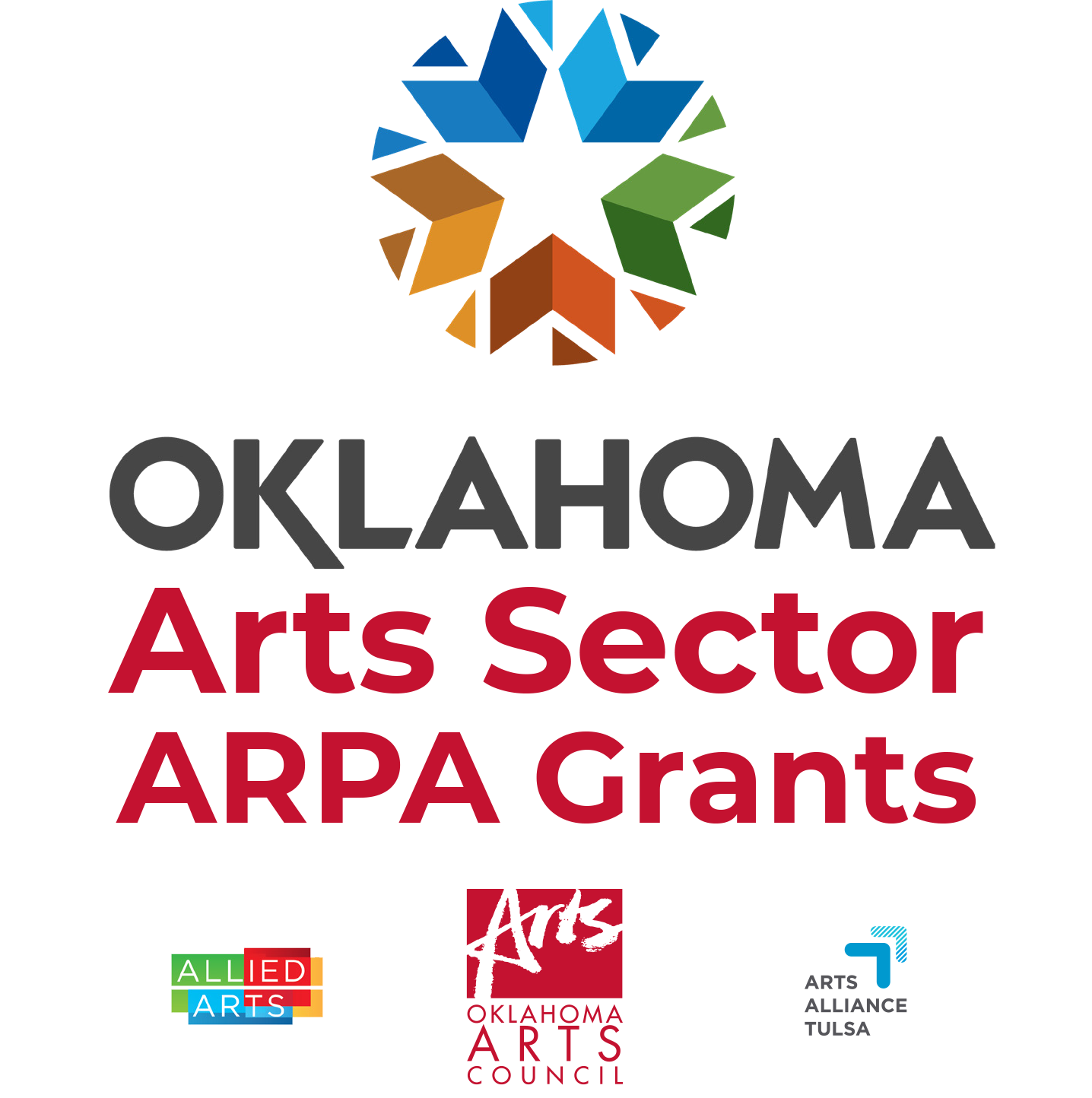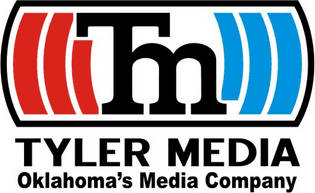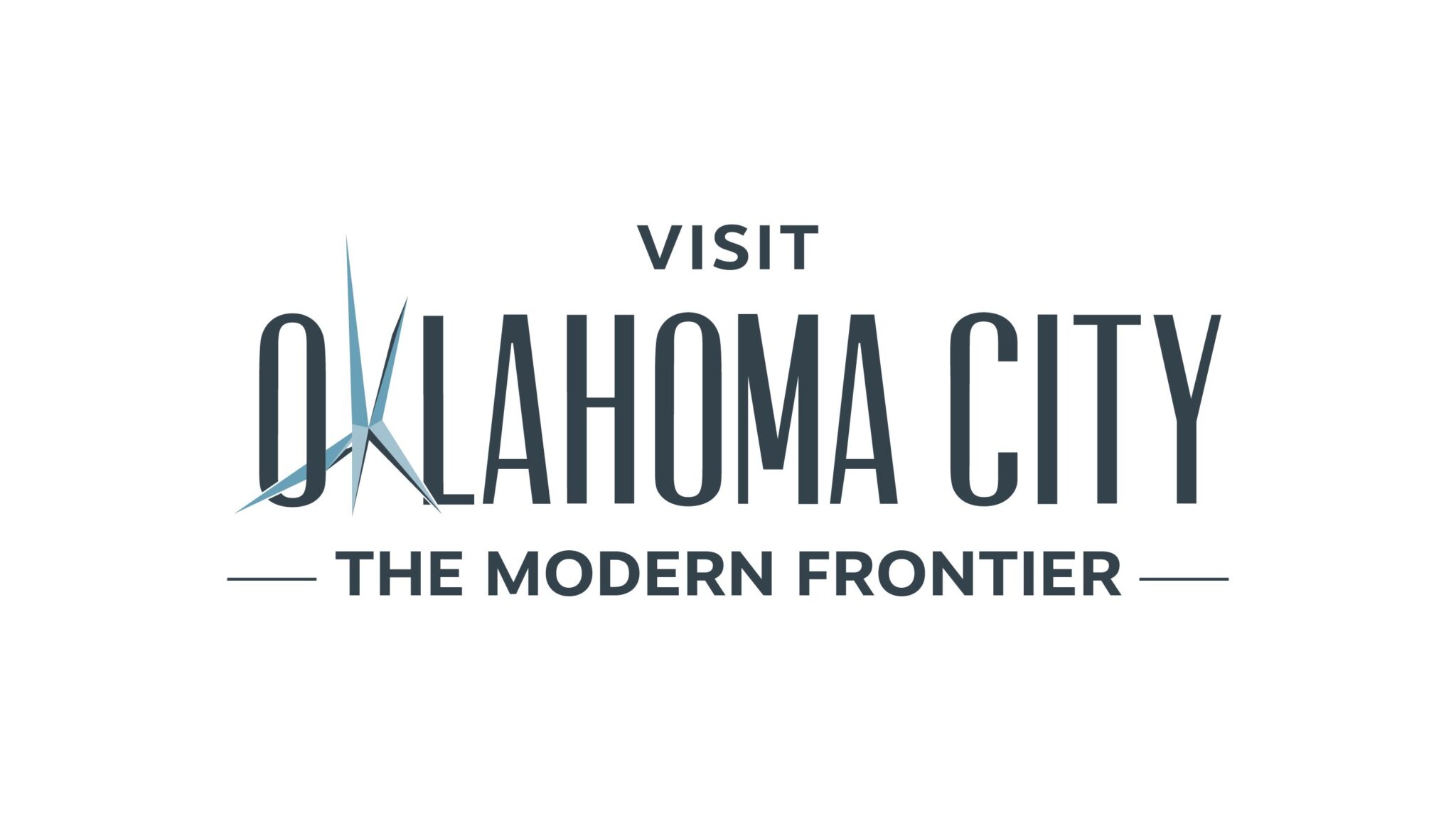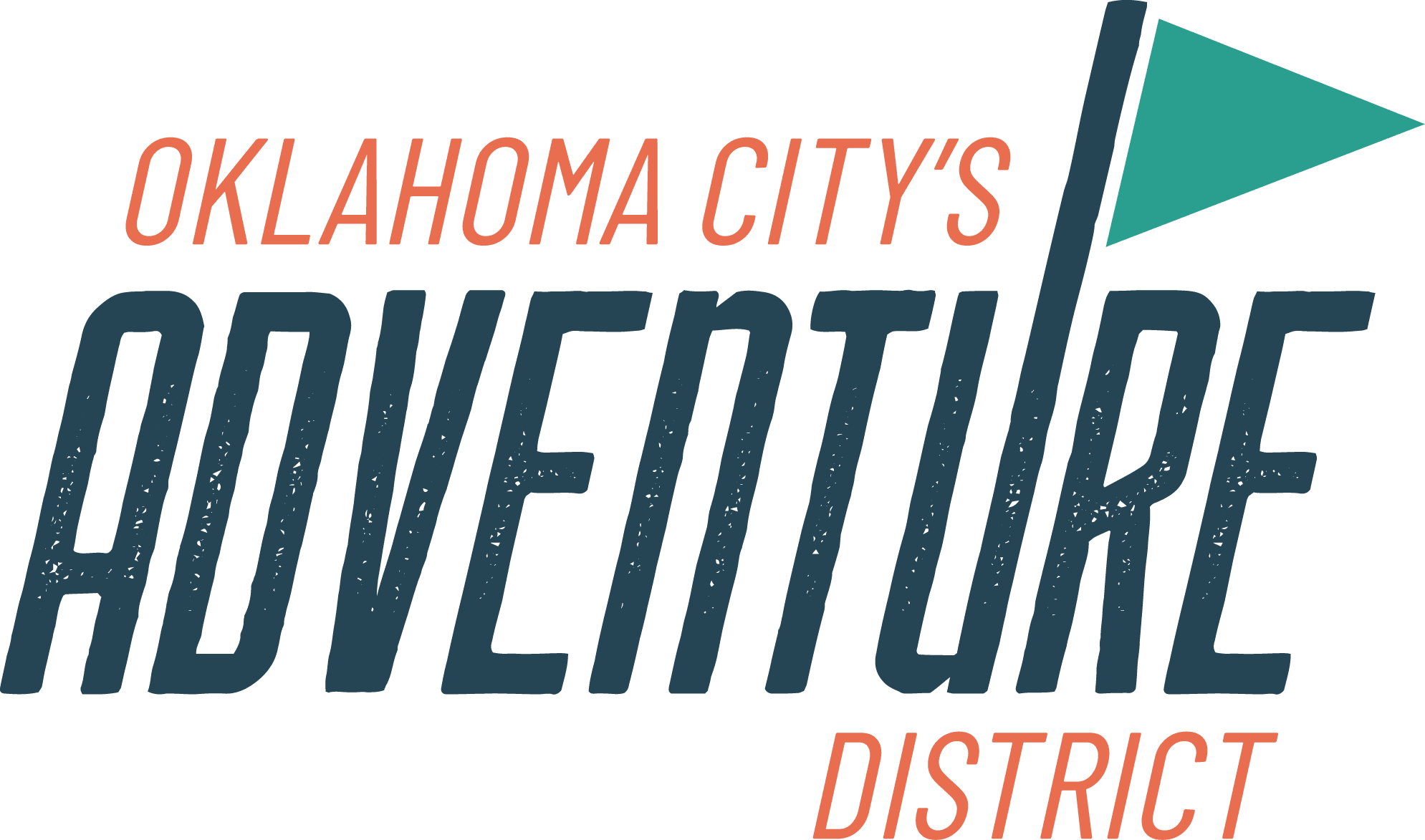Home to the National Cowboy Museum’s historic Western art collection, the William S. and Ann Atherton Art of the American West Gallery has long been a focal point of the Museum’s vaunted permanent collection.
It was a welcome surprise recently when the Atherton family — long-time Museum supporters including Emeritus Director William Atherton and Museum Board member Tom Atherton — graciously donated funds to renovate their namesake gallery. Responsibility and duties for the restoration project fell to the Museum’s curatorial staff, with Michael R. Grauer, McCasland Chair of Cowboy Culture and Curator of Cowboy Collections & Western Art, taking the lead.
Walls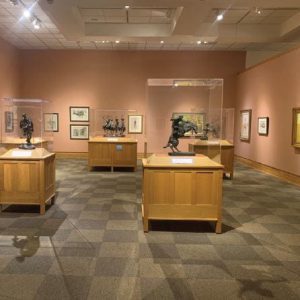
The first step in the renovation project was to replace the existing fabric-covered plywood with sheetrock. In recent years, under the guidance of the Museum’s curatorial staff, the Museum’s Contemporary Gallery walls were sheet-rocked and painted; further, Grauer himself was involved in such renovations at the Panhandle-Plains Historical Museum in Canyon, Texas, as well as a museum-wide refurbishment and reinstallation of the Smithsonian American Art Museum in Washington, D.C. Given this experience, the Museum’s curatorial team knew that — once the sheetrock was installed — wall color was key.
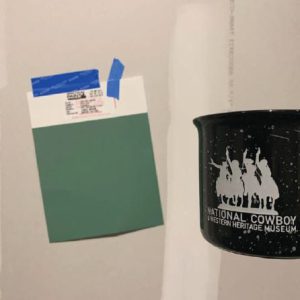 Color Selection
Color Selection
The Museum’s curators researched correct colors for certain styles, movements and artists. Knowing The Cowboy’s Frederic Remington and Charles Russell collections are the heart of its Western art collection, staff consulted with curators from the Remington studio recreation at the Buffalo Bill Historical Center in Cody, Wyoming; the Remington Art Museum in Ogdensburg, New York; and the Charles M. Russell Museum, Studio and Home in Great Falls, Montana. All three institutions have recently redone their associated historic spaces, so receiving input on color from each was vital. Furthermore, Charles M. Russell catalogue raisonne committee members were consulted. Finally, the curatorial team’s color choices were presented to the Museum staff at large for input and critique.
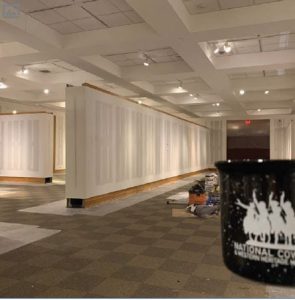
Architectural Changes
With wall colors chosen, curatorial staff also saw an opportunity for major
architectural changes to create more space and remove those elements that actually competed visually with the art objects. This resulted in the removal of an extra baffle wall; the extension of certain other walls; and the removal of heavy golden-oak end caps and buttresses, thus creating additional running feet. The removal of the end caps and buttresses gave the gallery a much crisper, cleaner and less dated look while also helping to clearly delineate the Atherton Galleries from adjacent gallery spaces both architecturally and in terms of color scheme.
Reinstallation
The Atherton Gallery’s architectural revitalization also allowed the curatorial staff to complete a reinstallation of much of the space. This reinstallation offered the opportunity to bring a number of objects out of the vault that, in some cases, haven’t been exhibited in at least three decades. In addition, several important new works now occupy the refurbished Atherton Gallery, including an 1831 watercolor of Mexican vaqueros roping cattle by Johann Rugendas; W. Herbert Dunton’s c. 1910 monumental painting of Mexican vaqueros roping grizzlies in Chihuahua; and paintings by women artists working in the Southwest, namely Gisella Loeffler, Barbara Latham and Martha Simkins.
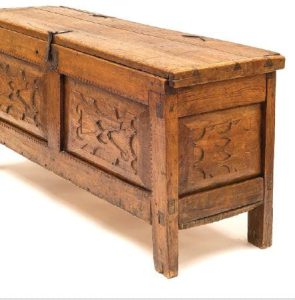
Diversity
Another new work is an 1890 painting by George M. Ottinger of Spaniard Cabeza de Vaca and African Esteban de Dorantes and two other “ragged castaways” who walked across Texas and northern Mexico in the 1530s. Esteban de Dorantes was an enslaved African man and probably the first Black man in the American West. This painting joins Charles M. Russell’s drawing of York, which recently underwent conservation work. York was a Black man enslaved by William Clark, of Lewis and Clark fame, who was part of the Corps of Discovery. Therefore, York was one of the first Black men to travel across the upper American West to the Pacific and back from 1804–1806.
Thus, the new Atherton Gallery installation includes three depictions of Black men, where prior to the renovation there were none. There are also four depictions of Hispanos, as well as Hispano-made art objects, where before there were none. With works such as these now featured in the Atherton Gallery, the National Cowboy Museum can tell the truly multicultural story of the West.
With the generous funding provided by the Atherton family, the refurbished Atherton Gallery offers a more vivid, and more complete, picture of the historic American West. Using the arc of land/wildlife/people as a template, visitors will learn about the challenges faced by multiple cultures in the American West and how those cultures sometimes clashed, collided, co-existed and even collaborated to survive, live and thrive. “This new installation will allow our visitors to better connect and engage with all parts of the Museum’s galleries and collections,” Grauer noted, “and to build relationships and tell their own stories using the National Cowboy Museum’s outstanding permanent collection as a jumping-off point.”
The William S. and Ann Atherton Art of the American West Gallery is now open to the public.
